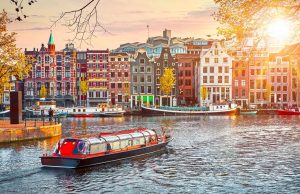
European cities you must have heard of are more attractive than you think
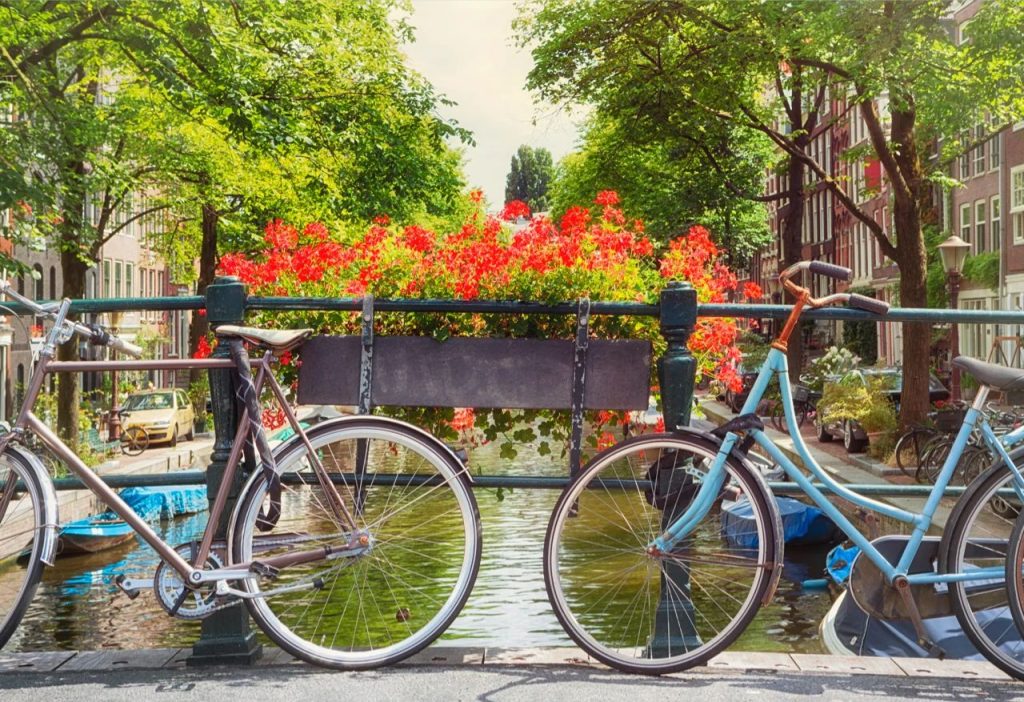
©tunart/Getty Images
Speaking of Amsterdam, what do you think of? Van Gogh and Rembrandt? Canals and cruise ships? Or an open-air market full of fresh tulips? Or is it warm and friendly citizens and colorful nightlife? No matter who it is, you can always find a rhythm you like in this ancient and modern city of openness and tolerance. Today, LP decides to take you to roam the most attractive city in Europe, ride a bicycle, let’s set off together~
Why go to
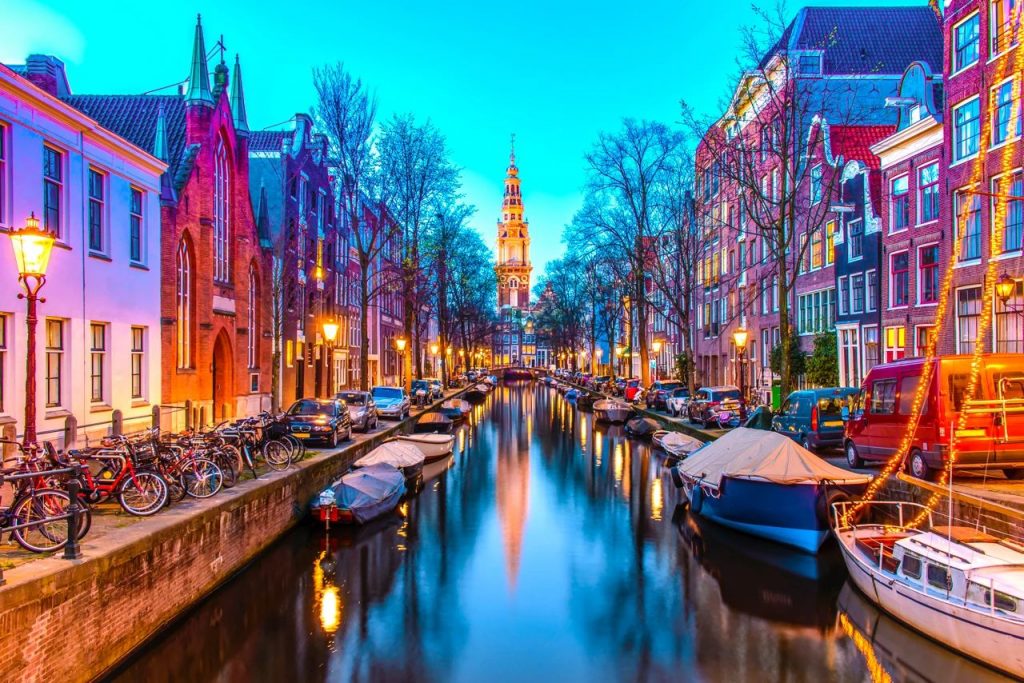
©littlewormy/Getty Images
The charm of Amsterdam is everywhere: the gable buildings of the golden age, the Grand Canal where hundreds of horses compete, and the cozy and old brown cafes. The dim candlelight and overflowing beer make you forget your worries and enjoy life.
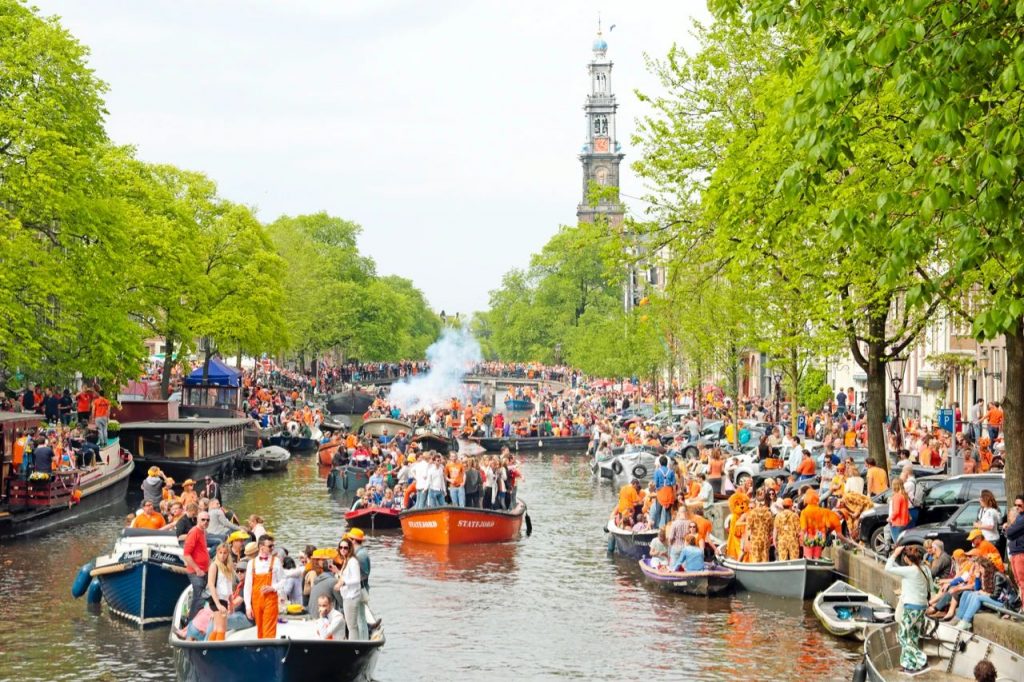
©Nisangha/Getty Images
Because of the rich collections in the Amsterdam Rijksmuseum, Van Gogh Museum, Stedelijk Museum and Hermitage Museum in Amsterdam, art lovers are willing to overcome all difficulties and visit this city of art. Performances from all over the world have gathered here, and music fans can go to the concert hall to book tickets.
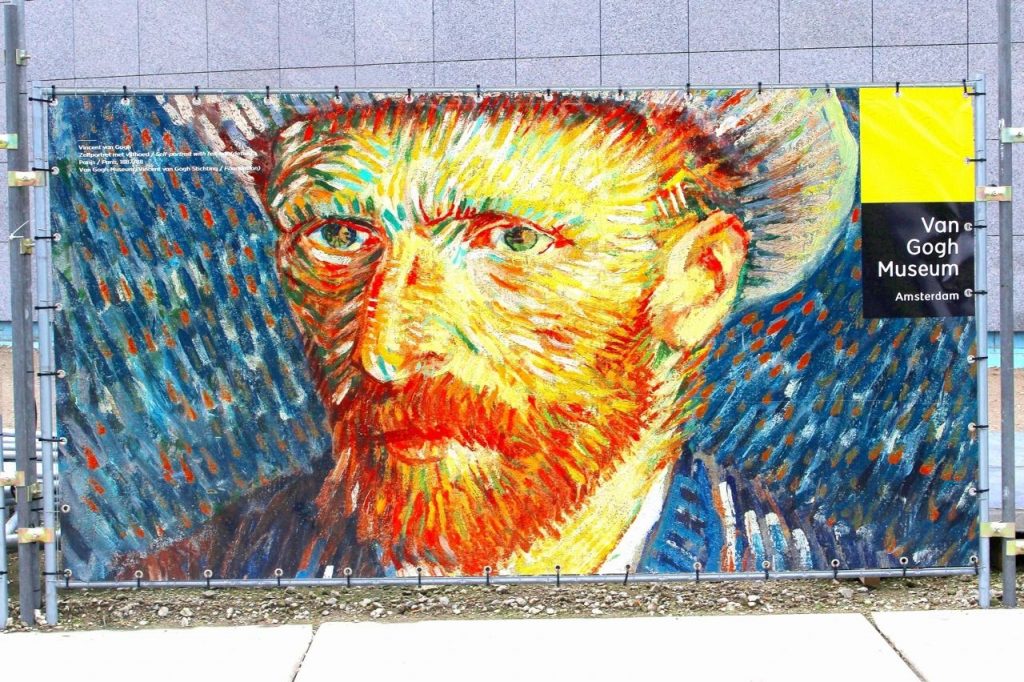
©ingehogenbijl/Shutterstock
This city has dense attractions and compact structure, so walking or cycling is the best mode of transportation. You will inadvertently wander in the alleys, encounter mysterious gardens, old book markets and 17th century wineries, enjoy different scenery and experience the colorful world.
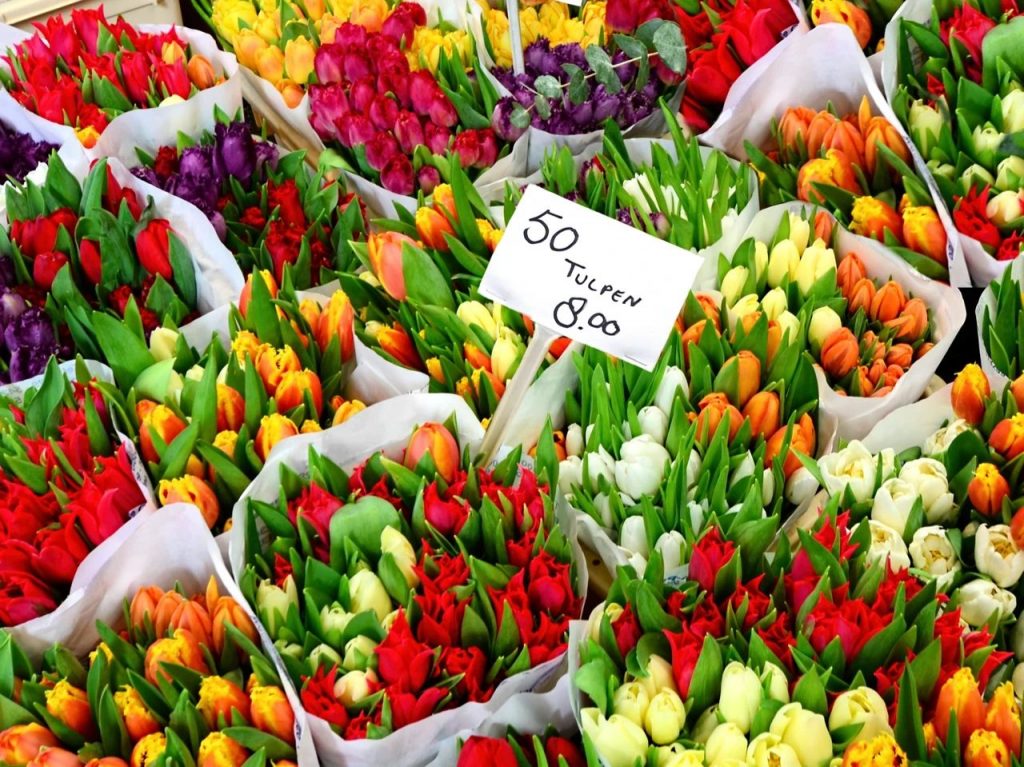
©JeniFoto/Shutterstock
Medieval center
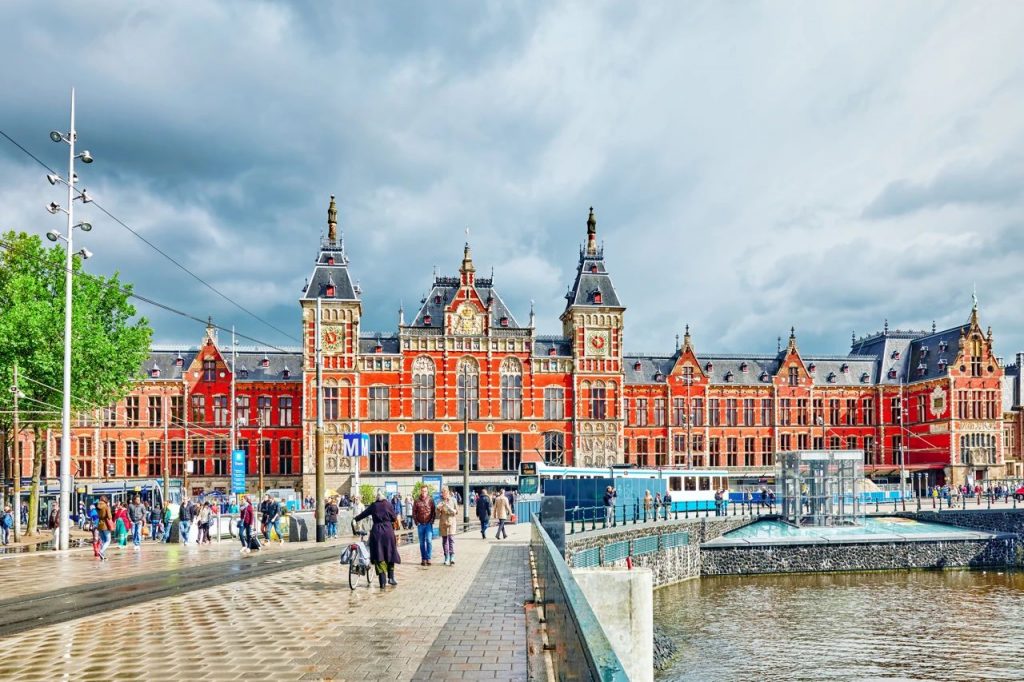
©V_E/Shutterstock
Amsterdam is full of medieval scenery, which can’t help but make tourists’ hearts moved. Although you can admire the Dutch Royal Palace located here, the most interesting thing is to stroll through the winding alleys, strolling around the 17th century taverns, mysterious gardens and famous specialty shops. Central Station is a landmark building in Amsterdam.
From Central Station, walk south along Damrak to Dam Square (Amsterdam Central Square), and continue south to Rokin Street.
palace
Koninklijk Paleis
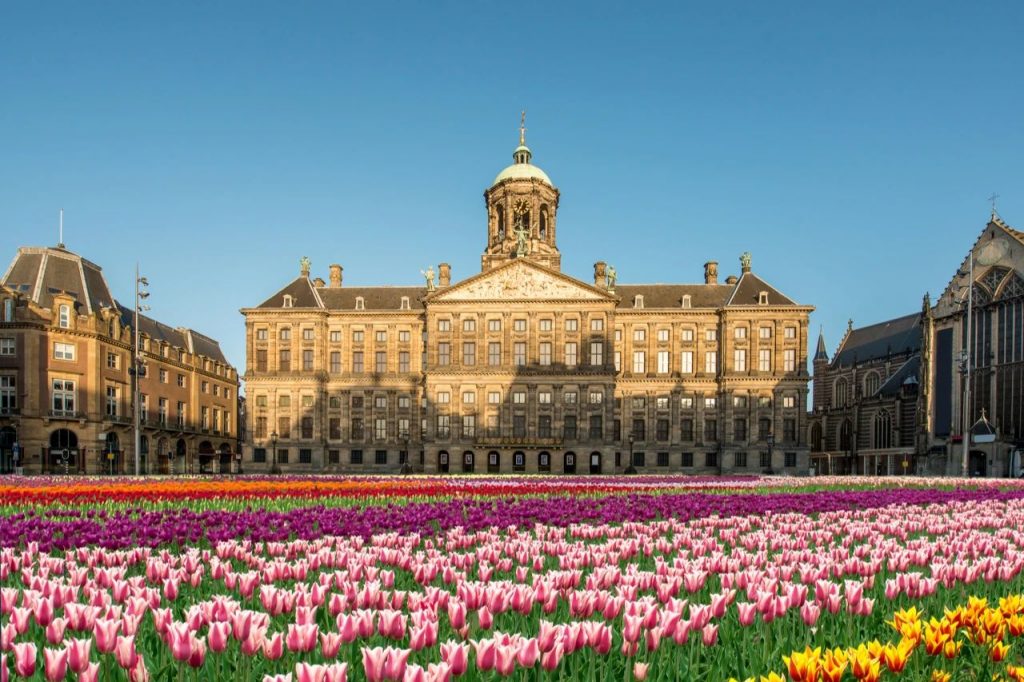
©Prasit Rodphan/Shutterstock
In 1655, the Royal Palace of the Netherlands was opened to the public as a town hall, and in the 19th century it became a palace. The palace of the Netherlands is magnificent and magnificent. In the main hall of the city hall, the marble floor tiles with the world map are particularly dazzling. After entering the palace, there is an audio guide tool on the table, which you can use for free. The audio guide can give you a detailed introduction to the palace. King William Alexander held an enthronement ceremony here. If you want to visit the palace, it is best to check the time on the official website, because the palace is closed regularly.
Amsterdam Museum
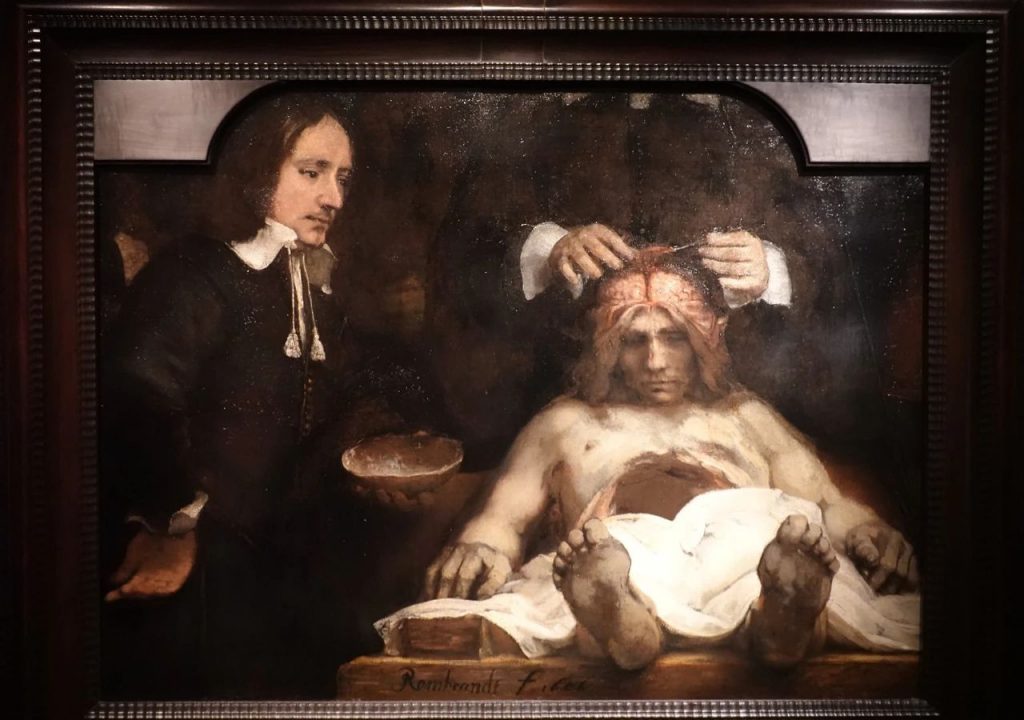
The History Museum in Amsterdam is the best place for us to get to know the city. When you enter the museum, the first thing you see is the multimedia DNA exhibition area, where the 1000-year history of Amsterdam is divided into 7 historical periods. Then, enter the next floor like a maze, where you can admire various collections of religious crafts, porcelain and oil paintings. The biggest benefit of coming here is that you can enjoy Rembrandt’s Anatomy Lesson of Dr Deijman. Visiting the Amsterdam Museum in sweltering weather is a wise choice because there will be very few people in line.
Begijnhof
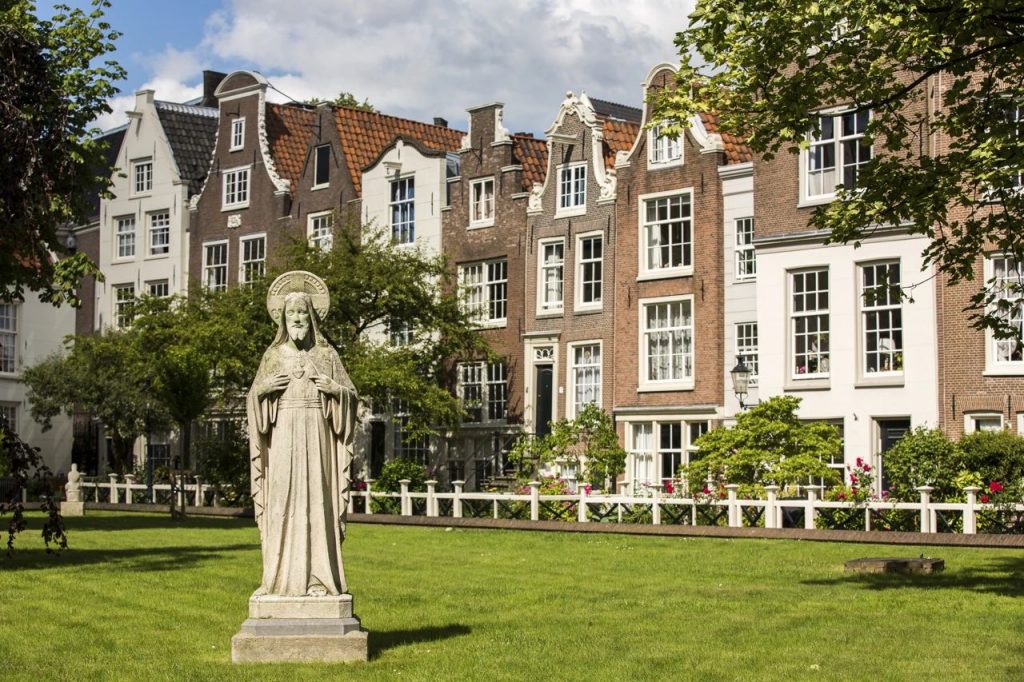
©victormaschek/Getty Images
This ancient and closed convent was built in the early 14th century. Low houses, exquisite gardens, neat courtyards, and comfortable and quiet atmosphere make this a pure land. Bogyin is the name given to nuns in the Catholic Church, which is a group of unmarried girls or widowed women who do not make monastic vows, stick to the spirit of dedication, and live a pious religious life. In 1971, the last true nun also died.
Nieuwe Kerk
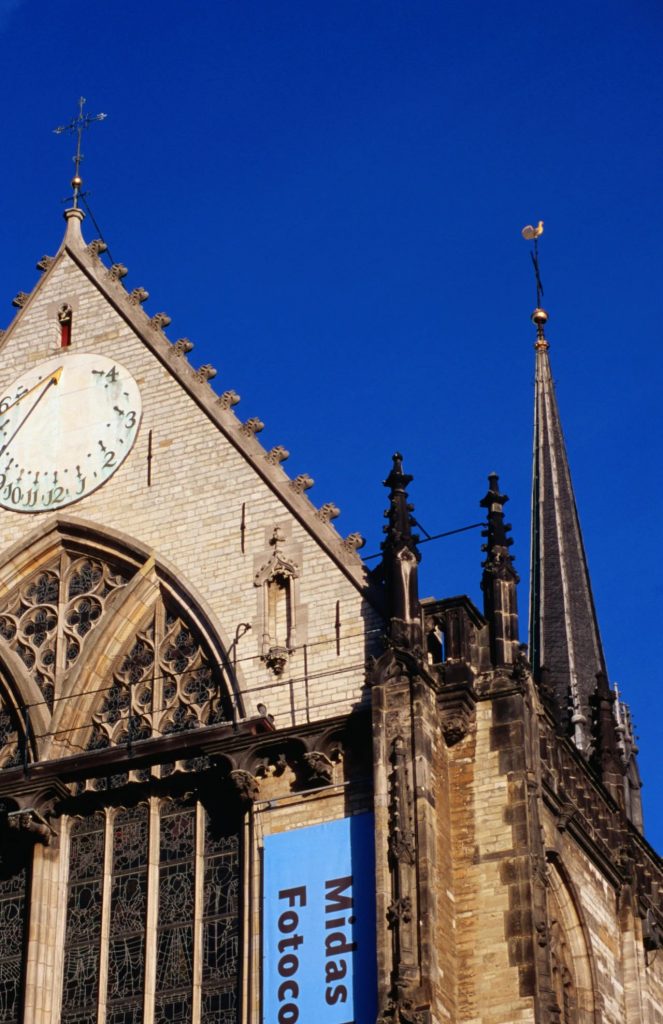
©Richard Nebesky/Lonely Planet
The new church built in the 15th century belongs to the late Gothic architecture and was once used as an auditorium for the coronation of the Dutch throne in history. The new church has nothing to do with the old church, only the names are similar. The interior of the church is magnificent and magnificent: ornate wood-carved podium, exquisite bronze fence, giant organ, and various stained glass windows. Today, the new church is mainly used for exhibitions and organ recitals. The opening hours and ticket prices of the new church will be adjusted according to specific circumstances.
Red light district
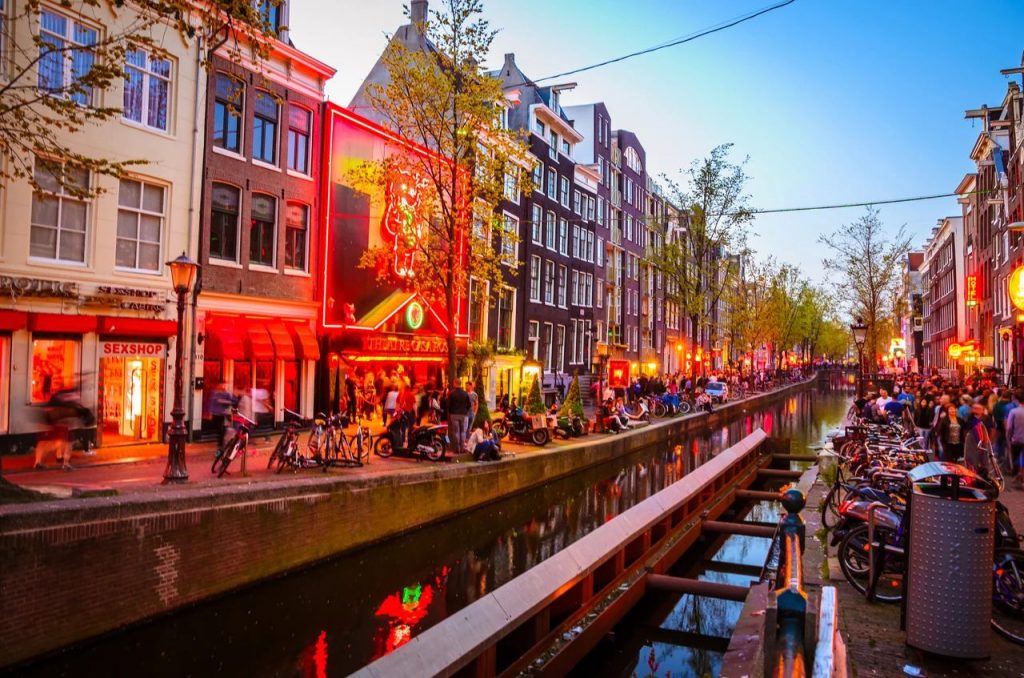
©Olena Z/Shutterstock
De Valen (the famous local red light district) is not just a restricted area, there are many beautiful old cafes and houses here. Zeedijk and Warmoesstraat are the two main commercial streets, full of restaurants and shops. If you want to know more about it, then go to the neon flashing Oudezi jds Achterburgwal street, browse the adult shops and pottery museum, and watch sex performances. The red light district is strictly controlled and it is safe to walk on the street.
Oude Kerk
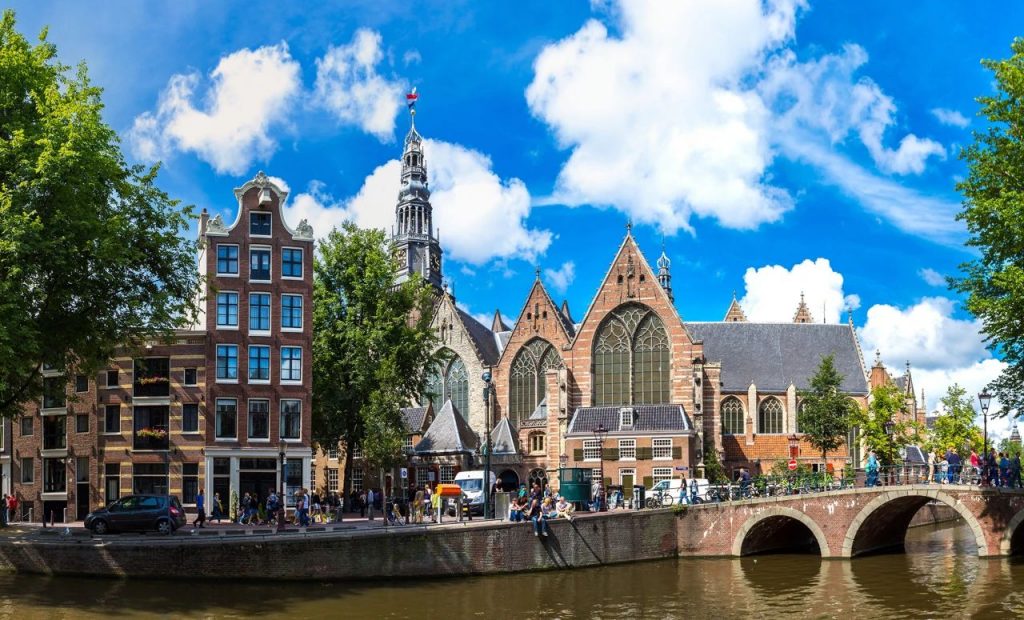
©S-F/Shutterstock
The Old Church is the oldest surviving building in Amsterdam (built in 1306). This place is in a mysterious zone of moral conflict: around the solemn church is the lively red light district. Walk into the church, look at the exquisite Mühle organ, look at the ancient carvings on the choir seats, look at the tombstones of the famous Amsterdam citizens on the floor (including Rembrandt’s wife Saskia van Ullenberg) . The old church often hosts art exhibitions. You can climb the tower to see the distant scenery under the guidance of a guide.
Museum Ons’Lieve Heer op Solder
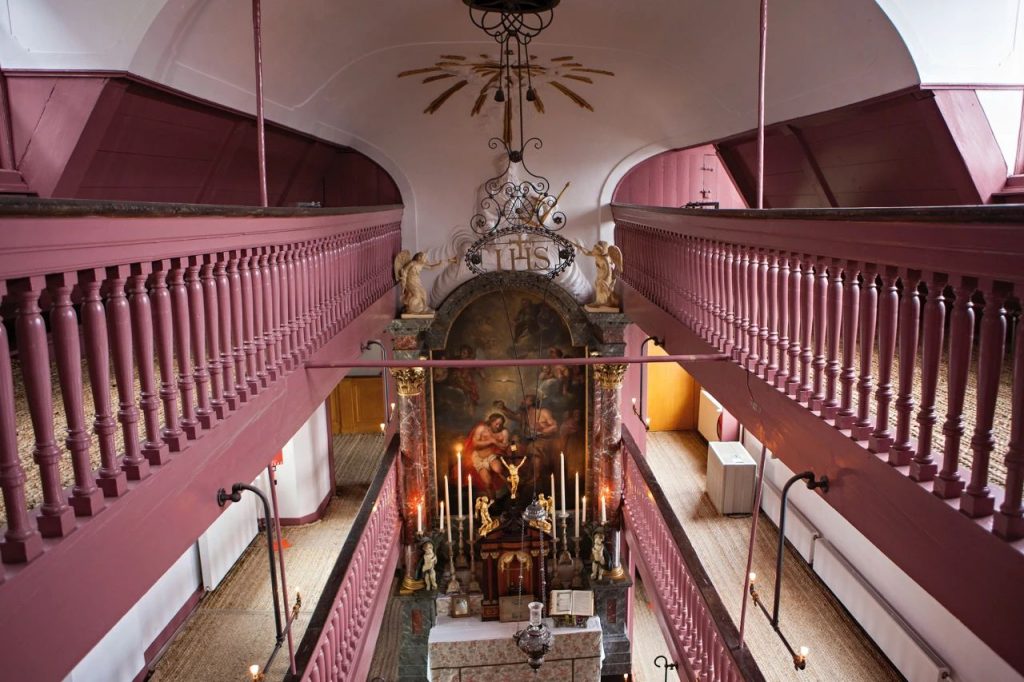
©Birute/Getty Images
From the outside, it was just an ordinary canal house, but when I walked in, I found that it was a Catholic church. The Loft Church Museum (“Dear Lord” in Athenian) was built in the mid-17th century to resist Calvinists. The church itself has two floors. Here you will see winding stairs, colorful artworks and unique contemporary interiors. At the end of 2015, the Loft Church Museum was finally restored, so the church today is so dazzling.
New Market District
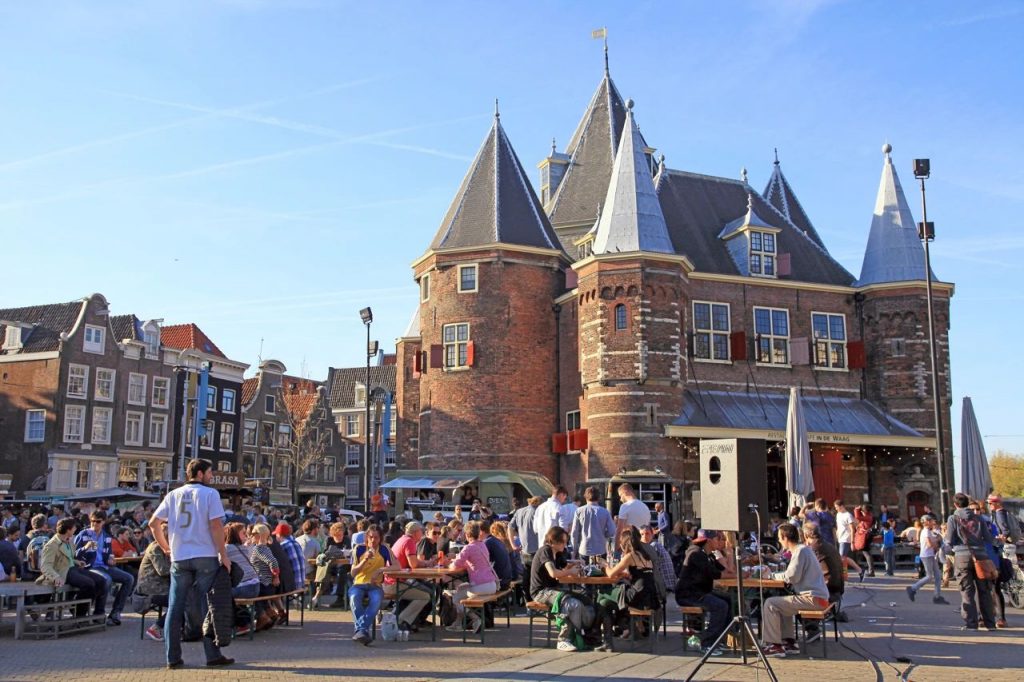
©InnaFelker/Shutterstock
Amsterdam’s New Market District has a long history and picturesque scenery. Rembrandt once painted here, and Jewish merchants also held commodity trading activities here, trading with gem dealers and other merchants. The New Market District on the east side of the Red Light District is the center of this area, where there are countless cafes, shops and restaurants. In addition to Dam Square, this entertainment and leisure square can be said to be the largest square in Amsterdam.
Museum het Rembrandthuis
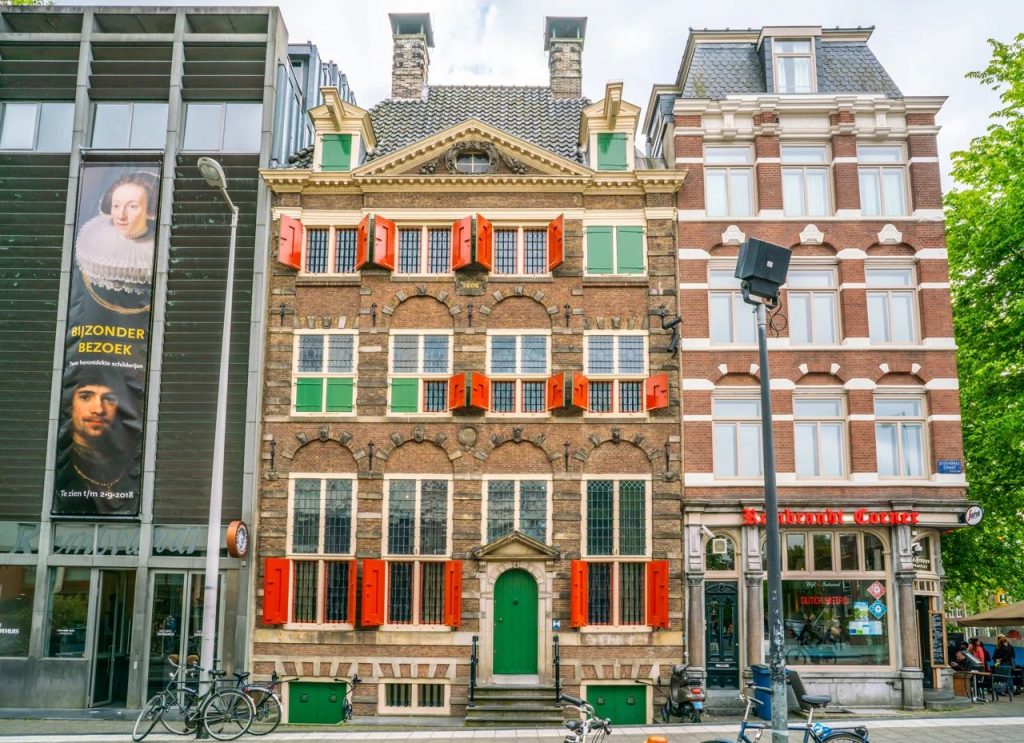
©Ivo Antonie de Rooij/Shutterstock
Rembrandt once created the largest painting studio in the Netherlands here. If you are looking forward to finding the master’s authentic works in the Rembrandt Museum, I am afraid you will be disappointed. Because Rembrandt was squandered and in debt during his lifetime, he had to sell his paintings and repay his debts, which eventually led to bankruptcy. There are many etchings and drawings in the Rembrandt Museum. A free audio guide is provided at the entrance of the former residence. Compared to large museums, buying tickets online in advance is not that important, but you can still buy tickets online in advance.
Joods Historisch Museum
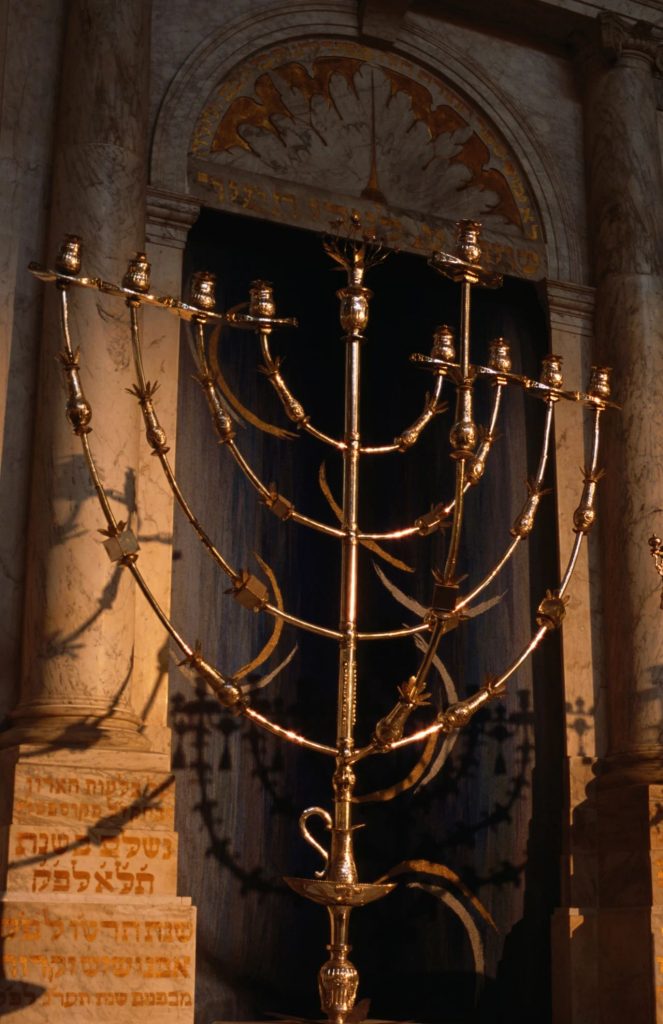
©Richard Nebesky/Lonely Planet
The Jewish History Museum consists of four renovated Ashkenazi synagogues from the 17th and 18th centuries. The museum mainly displays the development of Jewish companies and their status in the Dutch economy, as well as the history of Jews living in the Netherlands. The English audio guide is great (no extra charge). The ticket also includes the cost of visiting the Portuguese-Israel Synagogue.
Jordan area
©DutchScenery/Shutterstock

The Jordan District was formerly a residential area for workers. Today, the alleys of Jordan District are dotted with cosy bars, galleries and markets. Although it lacks quaint scenery, if you want to forget your troubles, take an afternoon stroll, here is the best place to go. Adjacent to the West District, Jordan District has transformed from a deserted industrial zone into a center of avant-garde culture.
Woonbootmuseum
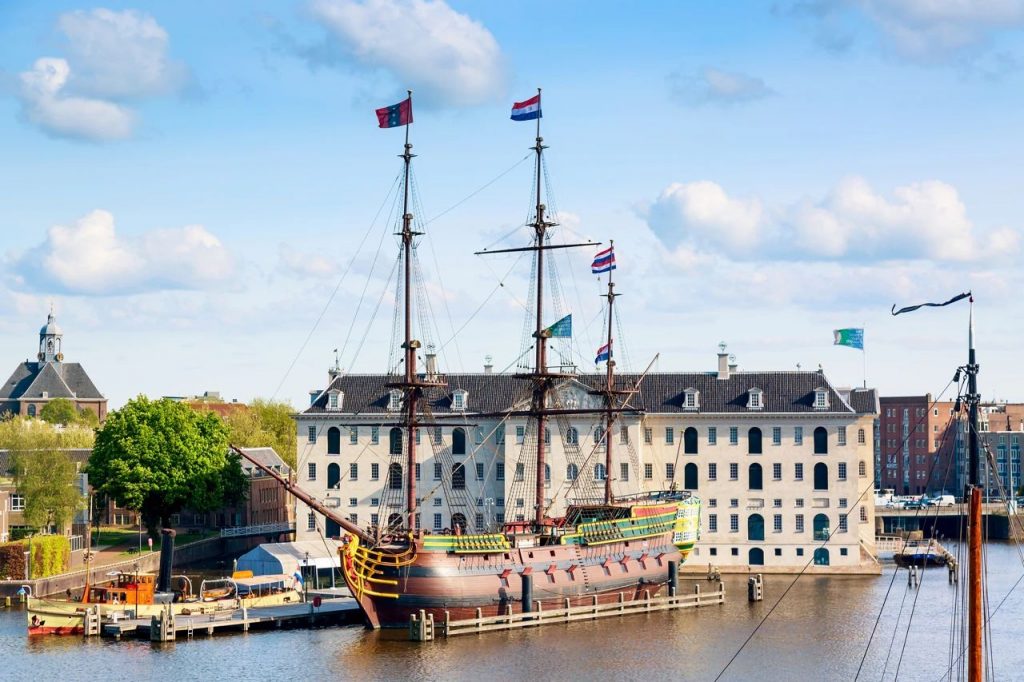
©Nikolay Antonov/Shutterstock
The unique houseboat museum was built in 1914 and is a 23-meter-long barge in itself. Here you can feel that you can live a comfortable life even on the boat. Don’t look at the small furnishings on the ship, but you can watch the show here (some relaxed, some scary), and you can also see the bedroom, living room, kitchen and dining room equipped with modern living equipment.
Amsterdam Tulip Museum
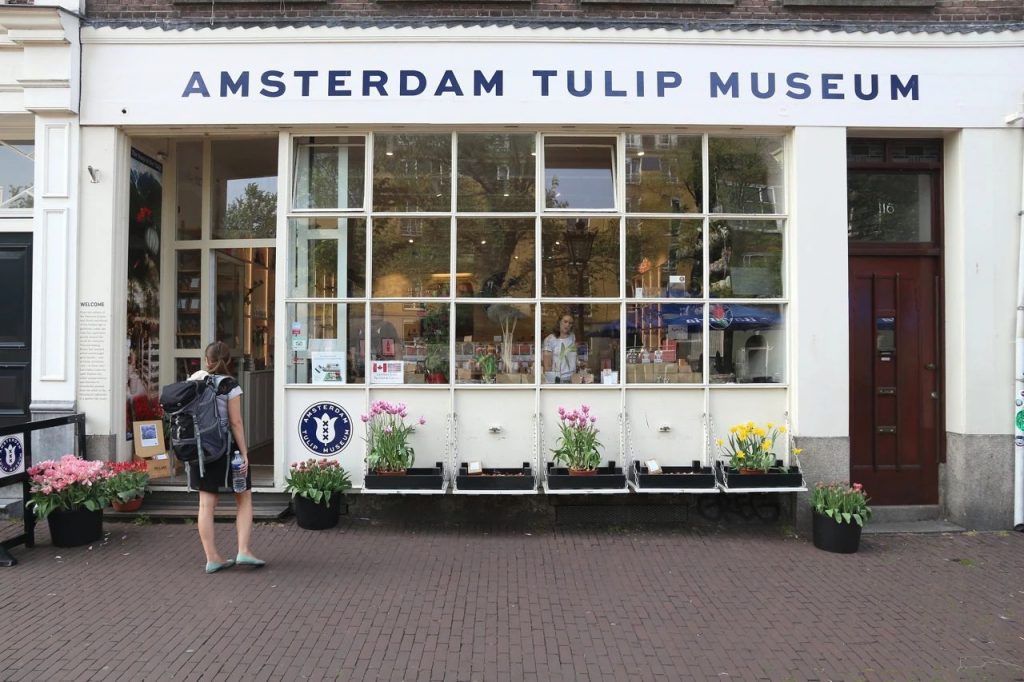
©Tupungato/Shutterstock
There is a gift shop in front of the museum. Don’t be attracted by the dazzling array of flower souvenirs inside. The Amsterdam Tulip Museum is small, but it presents the history of the development of Dutch tulips very well. Before visiting the Keukenhof Gardens or the Asmir Flower Auction, or exploring the flower market in the South Canal Circle, it is a good choice to spend about half an hour at the Tulip Museum.
West Canal Circle
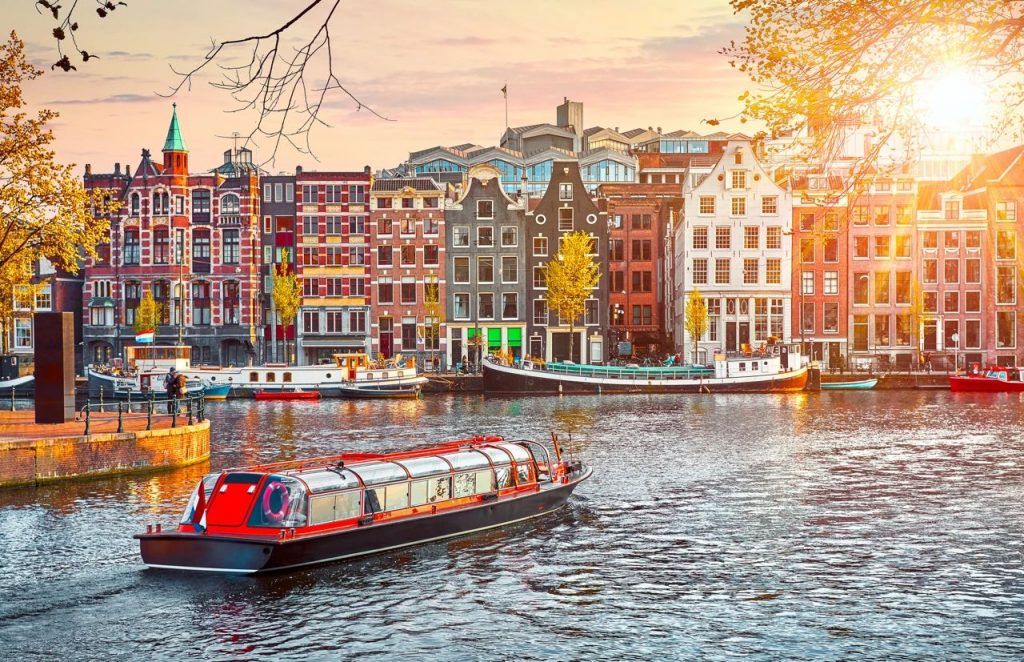
©Yasonya/Shutterstock
The West Canal Circle is one of the most prosperous areas in Amsterdam. The sparkling rivers are lined with magnificent old buildings and strange specialty shops neatly. Wandering here, I’m afraid I can’t finish shopping for a few days!
Anne Frank Huis
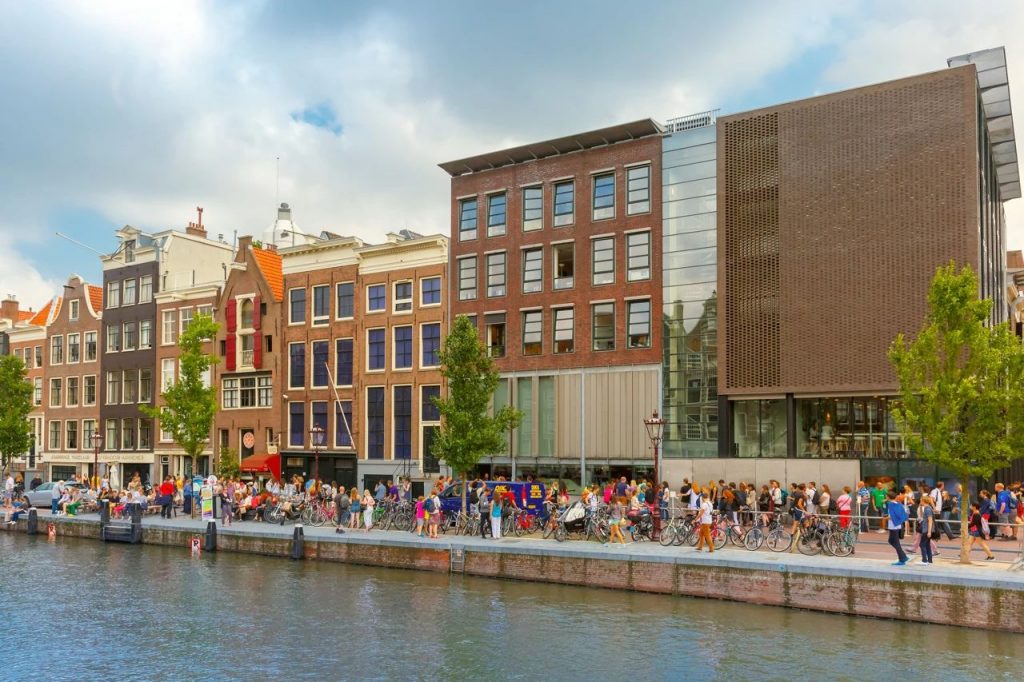
©kavalenkava/Shutterstock
The Anne Frank House attracts approximately one million visitors each year (purchasing tickets online greatly eases the pressure of queuing). Here, Annie’s gloomy room and the scene described in her diary can be reproduced-sitting alone in a glass showcase, writing hopes for life in optimistic words, but once again being overwhelmed by despair-this is really A shocking experience.
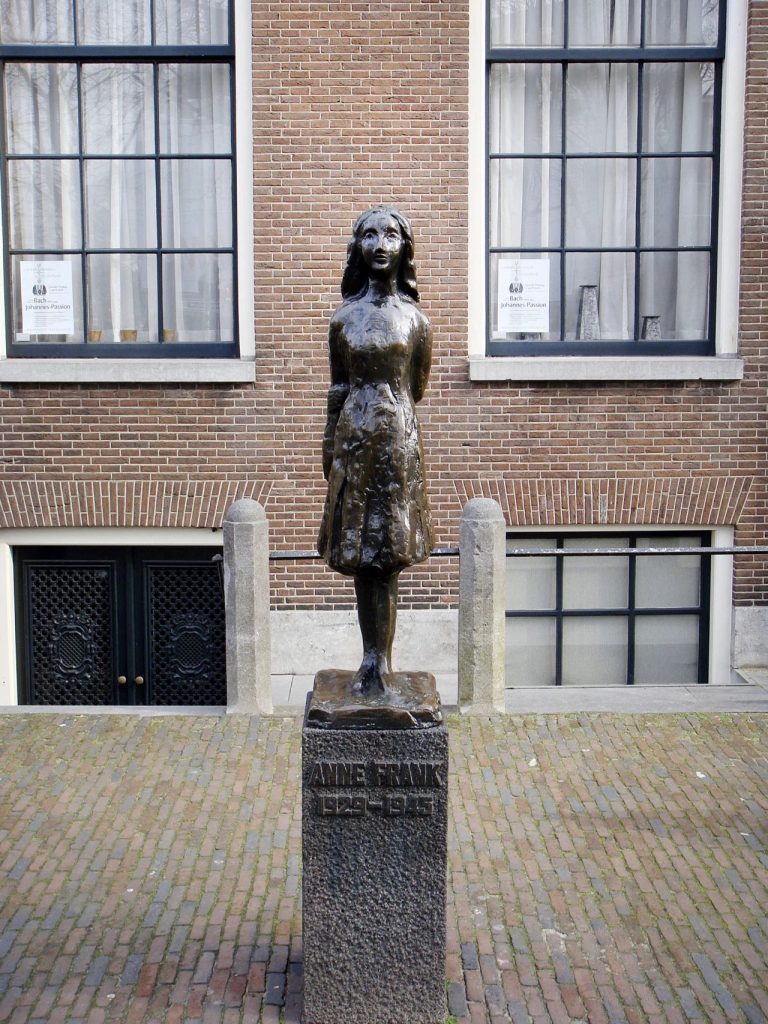
©Giannis Papanikos/Shutterstock
>> Visit Anne’s House: Come after 18:00, you can avoid the most crowded time. Otherwise, the queue time could easily exceed one hour. If you buy a ticket in advance, you can enter directly through a separate door (left side of the main entrance) without queuing at all. There are two ways to book in advance: online booking (additional charge of €0.50), but the ticket must be bought a few days in advance, printed out or presented by mobile phone; you can also book through the tourist office of the central station (additional charge of €1 ), this method takes less time. Both booking methods will stipulate the specific time of entry.
Cat boat
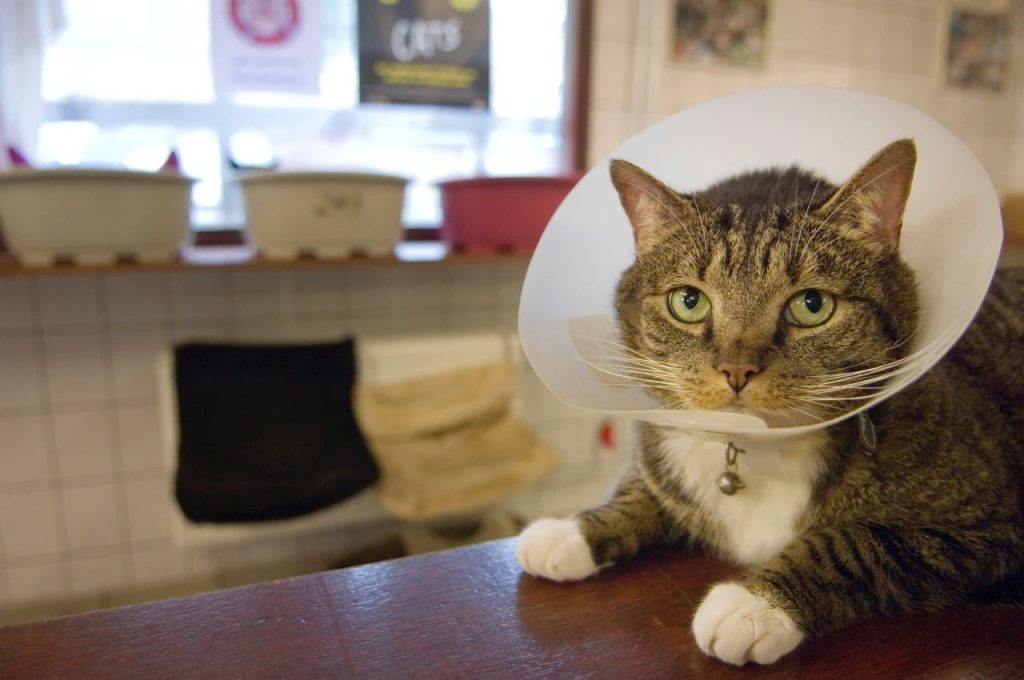
©Will Salter/Lonely Planet
For cat lovers, the cat boat on the Singel canal is definitely not to be missed. The cat boat was built in 1966. The founder is an eccentric woman. She also became a legend for taking care of hundreds of stray cats at the same time. Later, a foundation took over the cat ship and contained about 50 cats, who have since lived in beautiful small dens. Fifteen cats can live here for a long time, and the rest are preparing to enter the cat ship.
South Canal Circle
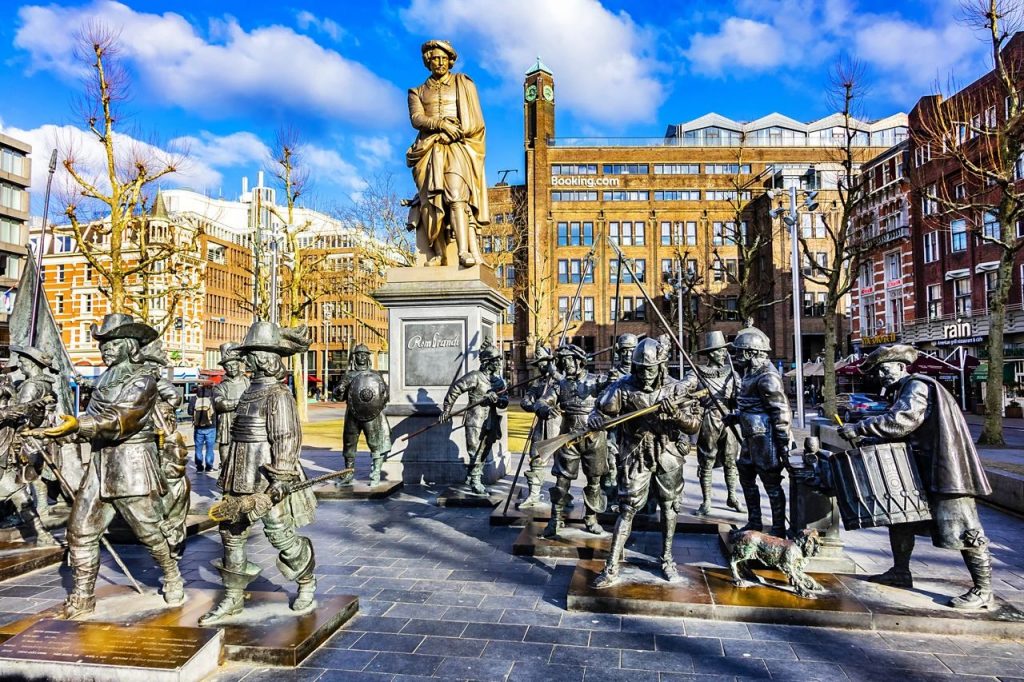
©Kiev.Victor/Shutterstock
Leidseplein and Rembrandtplein are the two areas with the richest nightlife in the South Canal Circle. When night falls and the lights are on, the square begins to provide one-stop service for people gathering. You will see charming museums, restaurants, cafes and various shops all around the square.
Hermitage Museum Amsterdam Branch
Hermitage Amsterdam
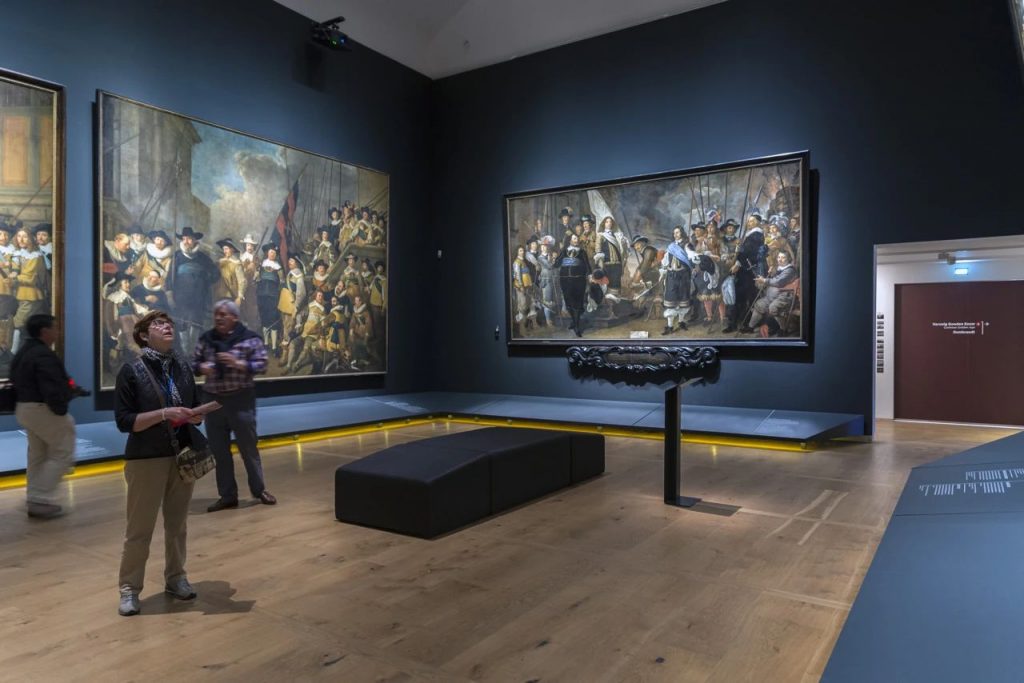
©villorejo/Shutterstock
For a long time, Russia and the Netherlands have maintained close ties. In 1697, Tsar Peter the Great studied shipbuilding in the Netherlands. Therefore, the branch of the St. Petersburg Hermitage Museum was opened here. There are two large-scale temporary exhibitions held here each year, sometimes exhibiting the rare treasures of the Hermitage, and sometimes exhibiting representative works of Matisse and Picasso. As you might expect, these collections are spectacular (very popular). Go to the museum before 11:00 to avoid the peak queue time. You can buy an audio tour in the porch for €4.
Bloemenmarkt
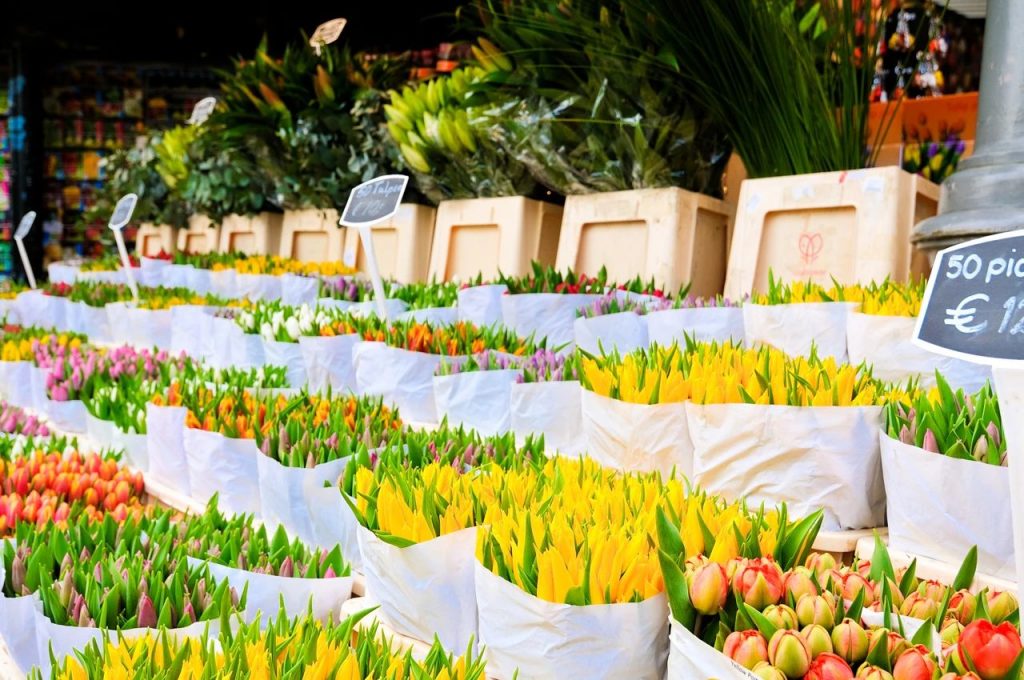
©Life is your art. An open, aware heart is your camera./Getty Images
This famous flower market has appeared here since 1860. At that time, gardeners set off from their small farm and went upstream along the Amstel River, and finally docked the barge here to take their flowers. Sell directly to customers. The flower market is no longer a mobile market (now built on wooden stakes). It mainly sells fresh tulips, various bulbs, clogs, fridge magnets and simple souvenirs.
Museum Van Loon
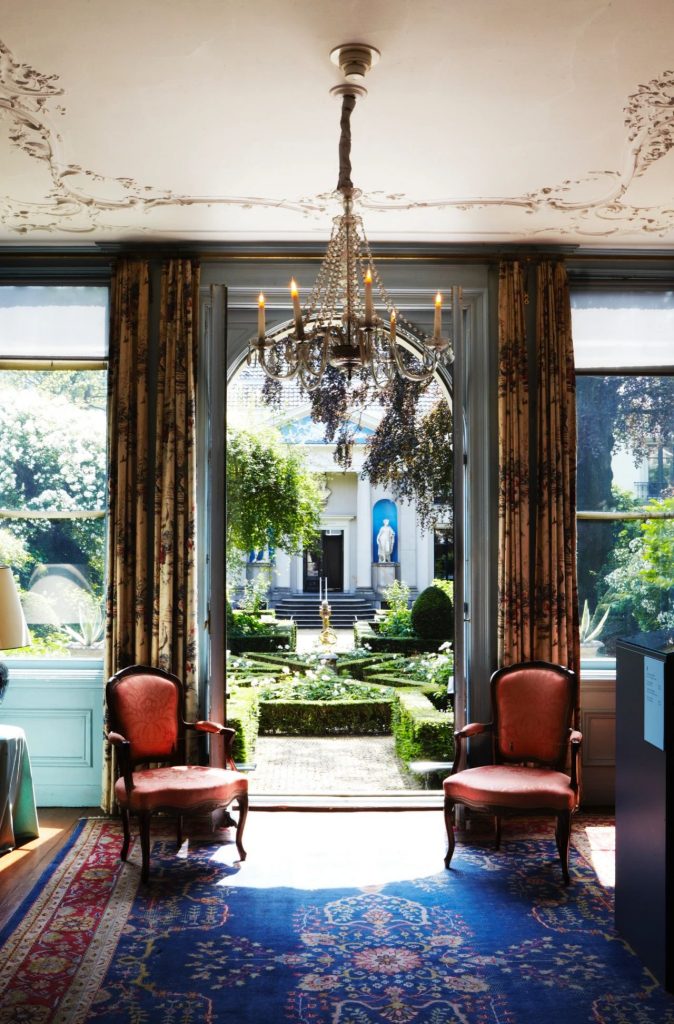
©Mark Read/Lonely Planet
The Van Long Museum, built in 1672, is a luxurious private residence. Its first owner was the painter Ferdinand Bol, who later became the official residence of the Fan Long family. In Amsterdam, this house can still evoke memories of people living by the canal in the golden age. The museum preserves precious oil paintings, including the Wedding Portrait by Jan Miense Molenaer and nearly 150 portraits in the Van Long collection.
Museum Willet-Holthuysen
Museum Willet-Holthuysen
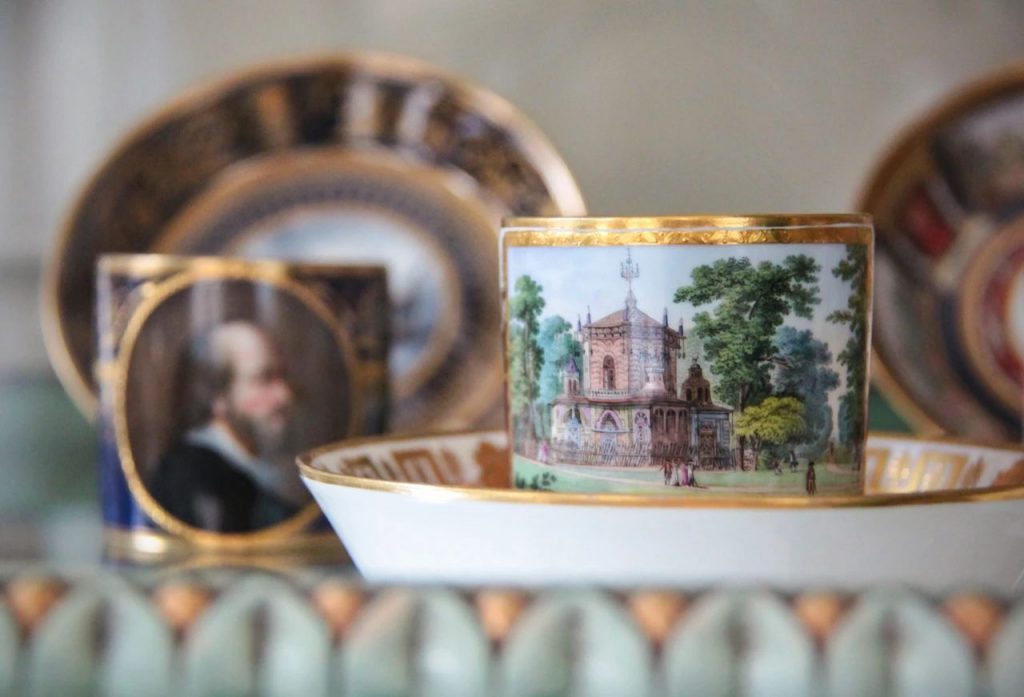
© Kotomi_, CC BY-NC 2.0
In 1685, to commemorate Jacob Hop, the mayor of Amsterdam, the Willy Hortusen Museum was built and redesigned in 1739. This magnificent house is named after a widow who donated her property to the city in 1895. Today, this museum is managed by the Amsterdam Museum. Here you can see Jacob de Wit’s oil paintings, part of the family’s 275 Meissen porcelain tableware, and the cozy French garden, as well as the sundial in the garden-standing At one end of Amstelstraat, you can see the garden through the iron fence.
Old South District

©Dennis van de Water/500px
People often call the Old South District (Old Town) the “Museum District” because it is home to top museums, including the Van Gogh Museum, the Municipal Museum and the National Museum. These museums are closely surrounded by Museumplein. There are lush grass and people coming and going on the square. The skateboarding ramp, skating pool (in winter) and the statue of “IAmsterdam” (everyone likes to climb up and take photos) are all fun. The surrounding quiet and quaint community is more suitable for living than the city center.
Rijksmuseum
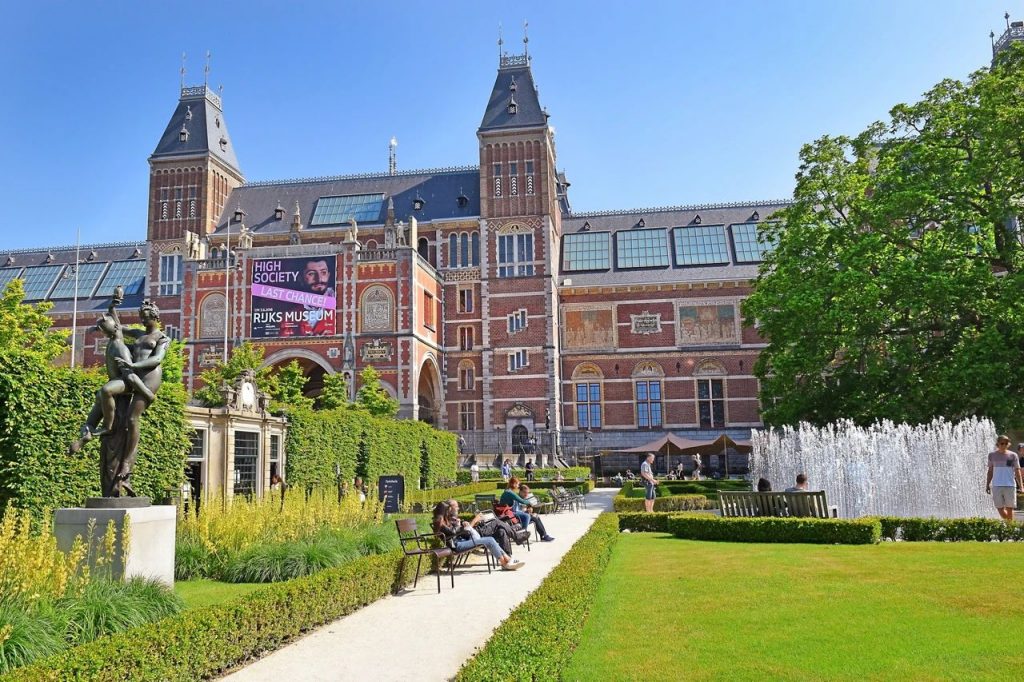
©irisphoto1/Shutterstock
The Rijksmuseum is the most important art treasure house in the Netherlands. Rembrandt and Vermeer’s masterpieces, as well as 7,500 other artistic masterpieces, are displayed on the 1.5-kilometer corridor. Come back after 15:00 to avoid the peak period. Or buy tickets online, so you can enter from the shortcut channel.

©Alexander Tolstykh/Shutterstock
The work of the golden age is the most exciting part. These oil paintings are guaranteed to feast your eyes: a gentleman with a pleated collar; a landscape bathed in dim light. Rembrandt’s “Night Watch” (1642) is the treasure of the town hall here. Initially, this oil painting was named Company of Frans Banning Cocq (“Minuteman Leader”). A few years later, a layer of dust fell on the oil painting. It looks like night, so this oil painting is named “Night Watch”.

©Goncharovaia/Shutterstock
Delft pottery (blue and white pottery), the intricate dollhouse and the brand new Asia Pavilion are also not to be missed. The sculpture park outside the National Museum can be visited for free.
Van Gogh Museum
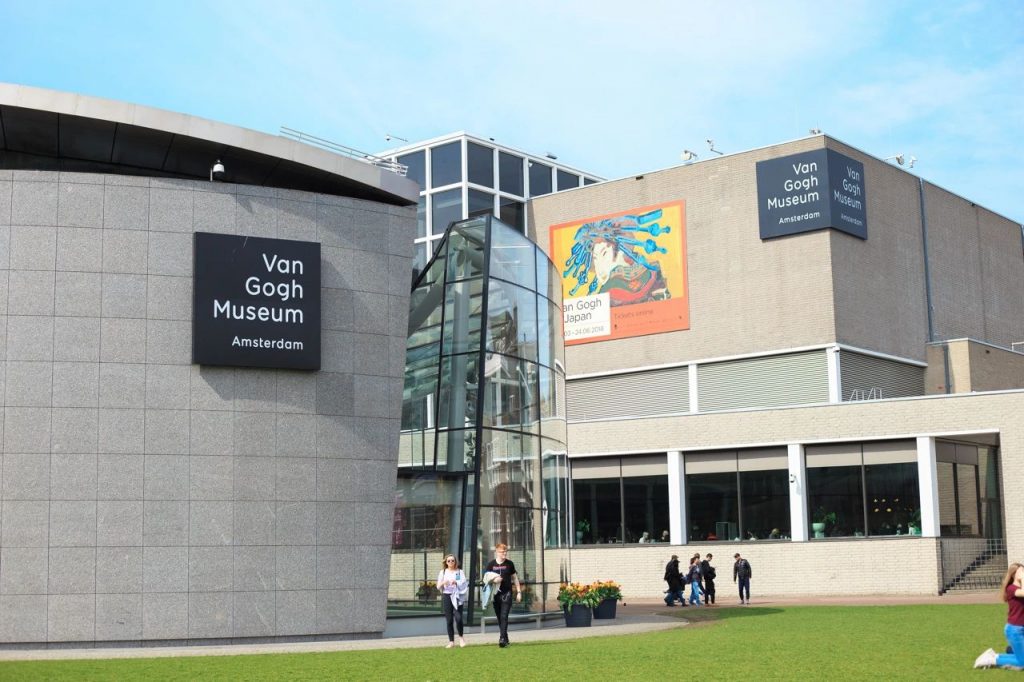
©Viktoriia Ablohina/Shutterstock
The front of the Van Gogh Museum is a gleaming glass porch. As the largest collection of Van Gogh’s works in the world, countless masterpieces of art are displayed here. Tracing Van Gogh’s artistic life from his paintings: from sunflowers to dark clouds, from the first appearance to the peak of art, and then to the decline of life. There is also a collection of paintings by Gauguin, Toulouse-Lautrec, Monet and Bernard, who were contemporary with Van Gogh. You need to wait in line to purchase tickets, you can book e-tickets, and you can enter from the fast lane with a discount card.
Stedelijk Museum
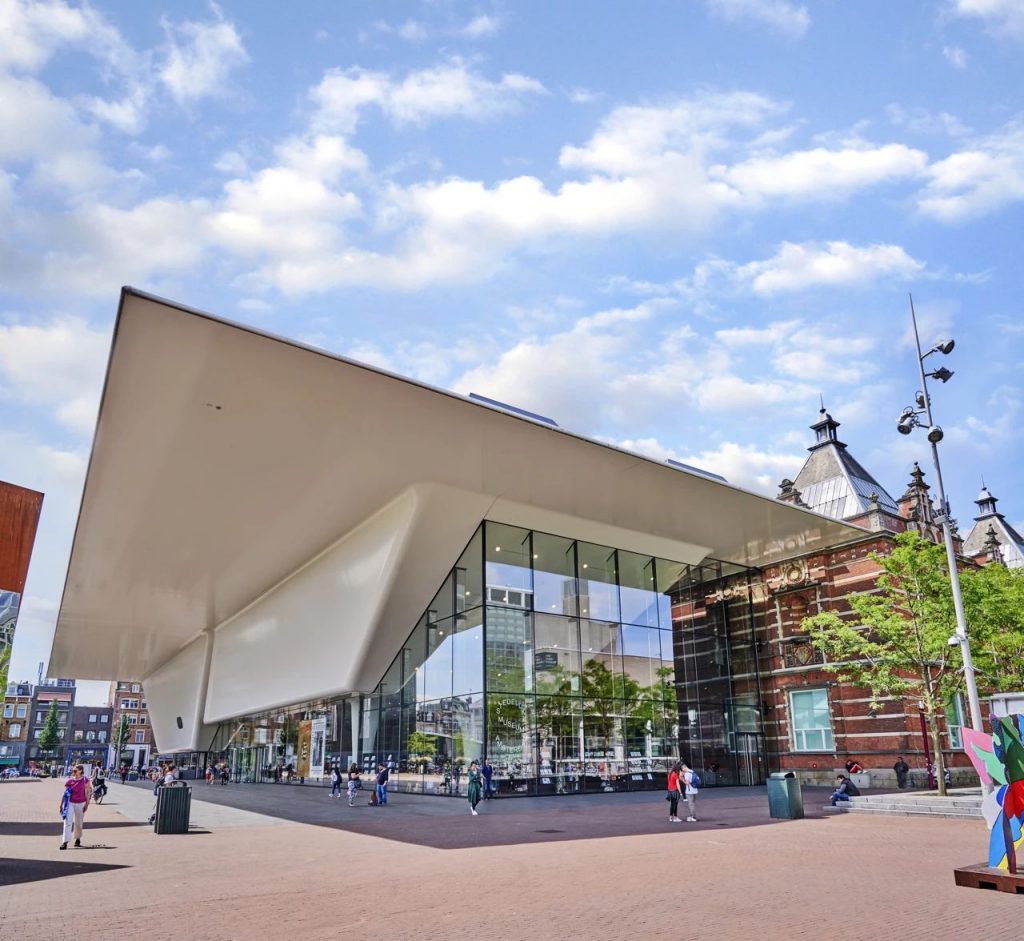
©posteriori/Shutterstock
The Stedelijk Museum was built in 1895 and is a Neo-Renaissance building designed by AM Weissman. The Municipal Museum is a national modern art museum. The modern art classics in the museum are all accumulated by the curator Willem Sandberg after the war, and the modern art here is world-renowned. The permanent collection includes all the masterpieces of the 19th and 20th centuries-including Monet, Picasso and Chagall-as well as Rodin sculptures, Mondrian and Kandinsky abstract works, And countless artworks.
Vondelpark

©kavalenkau/Shutterstock
As an urban garden, Vondelpark is full of green grass and has a rustic style, and it is the most magical place in Amsterdam-the endless English park has ponds, lawns, footbridges and winding paths.
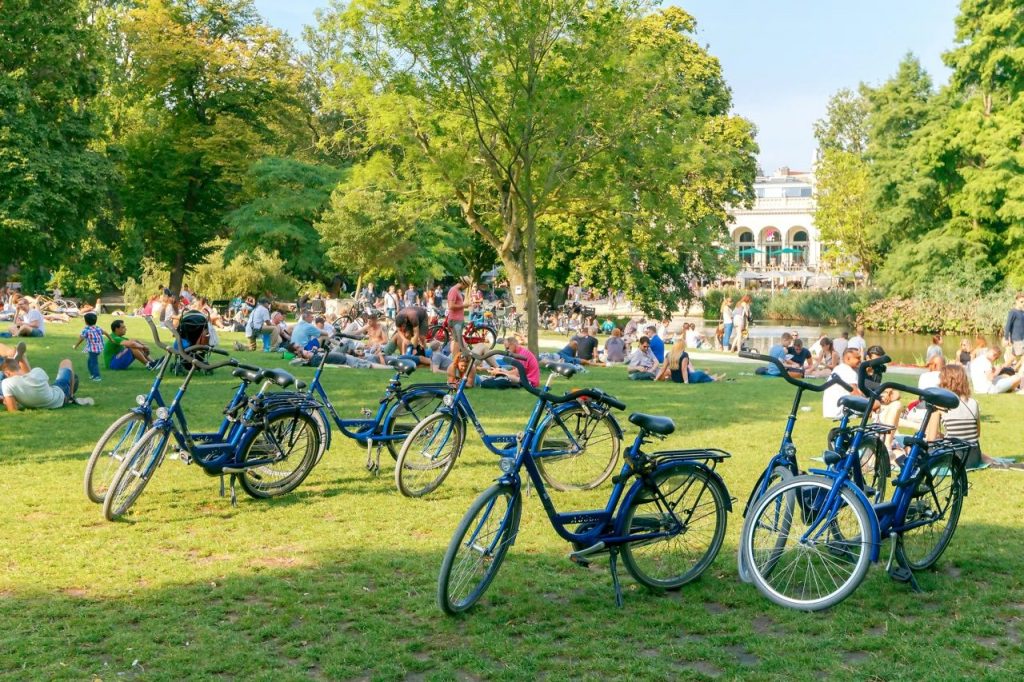
©kavalenkau/Shutterstock
When the sun is shining, it’s like an outdoor party, full of tourists, lovers, couples pushing strollers, somersaulting children, teenagers playing football, friends smoking together, and cycling, Those who play roller skating and picnics all come here from home to “live with the people.”
Comments